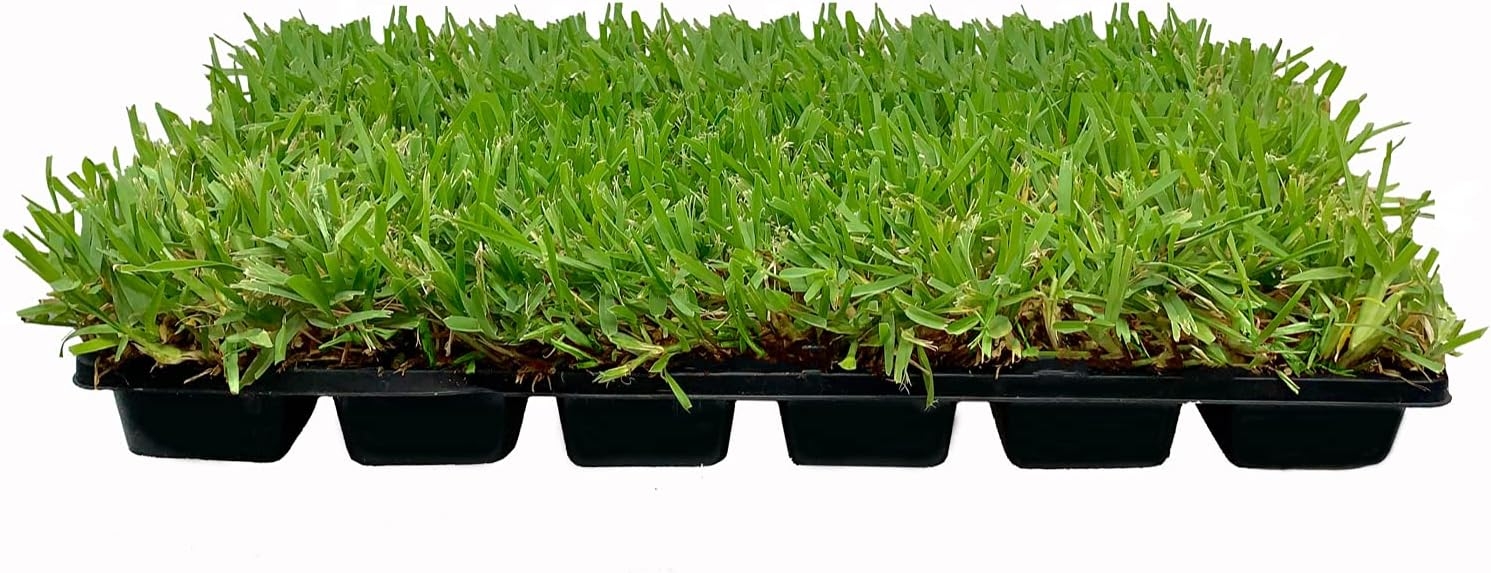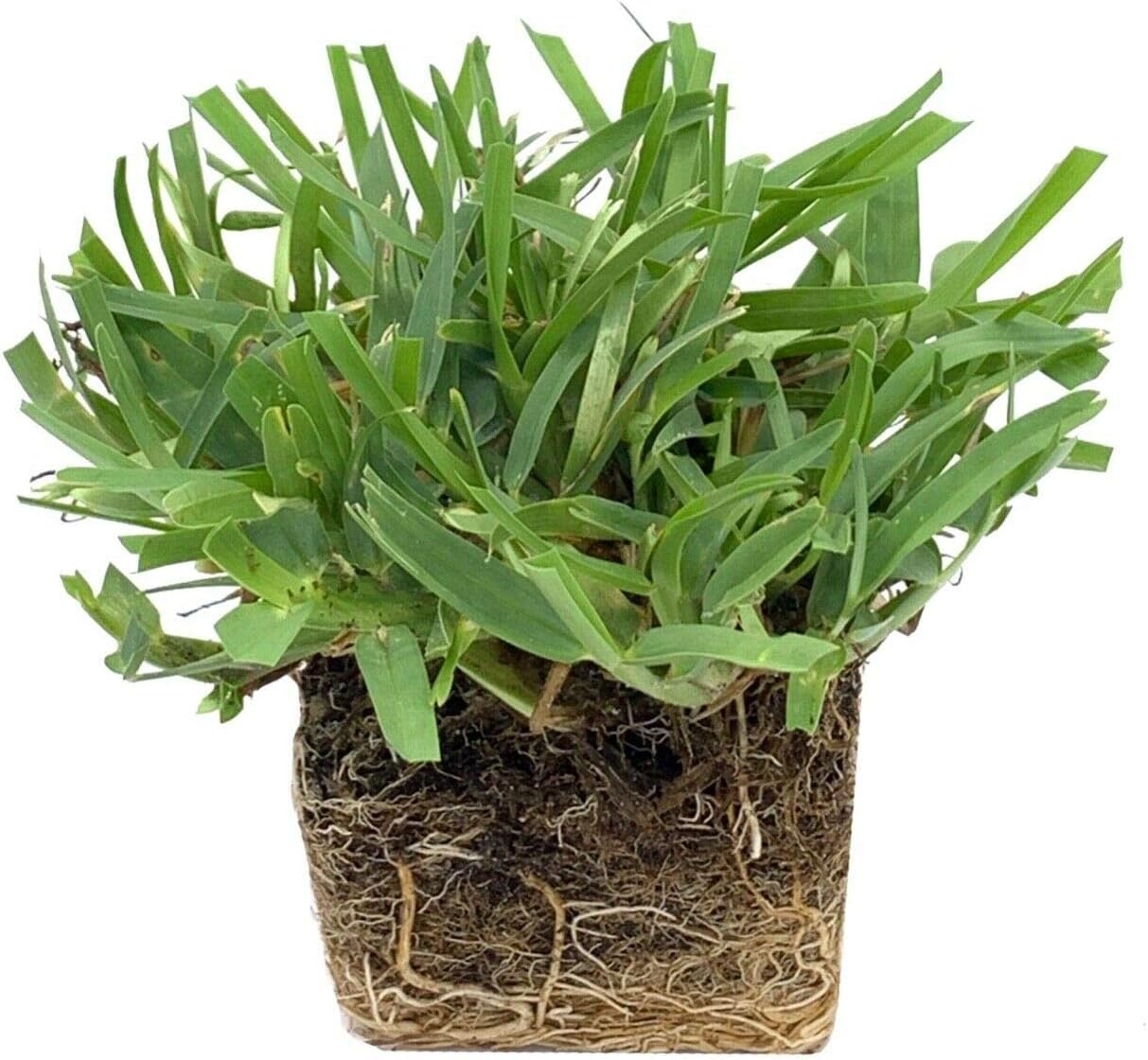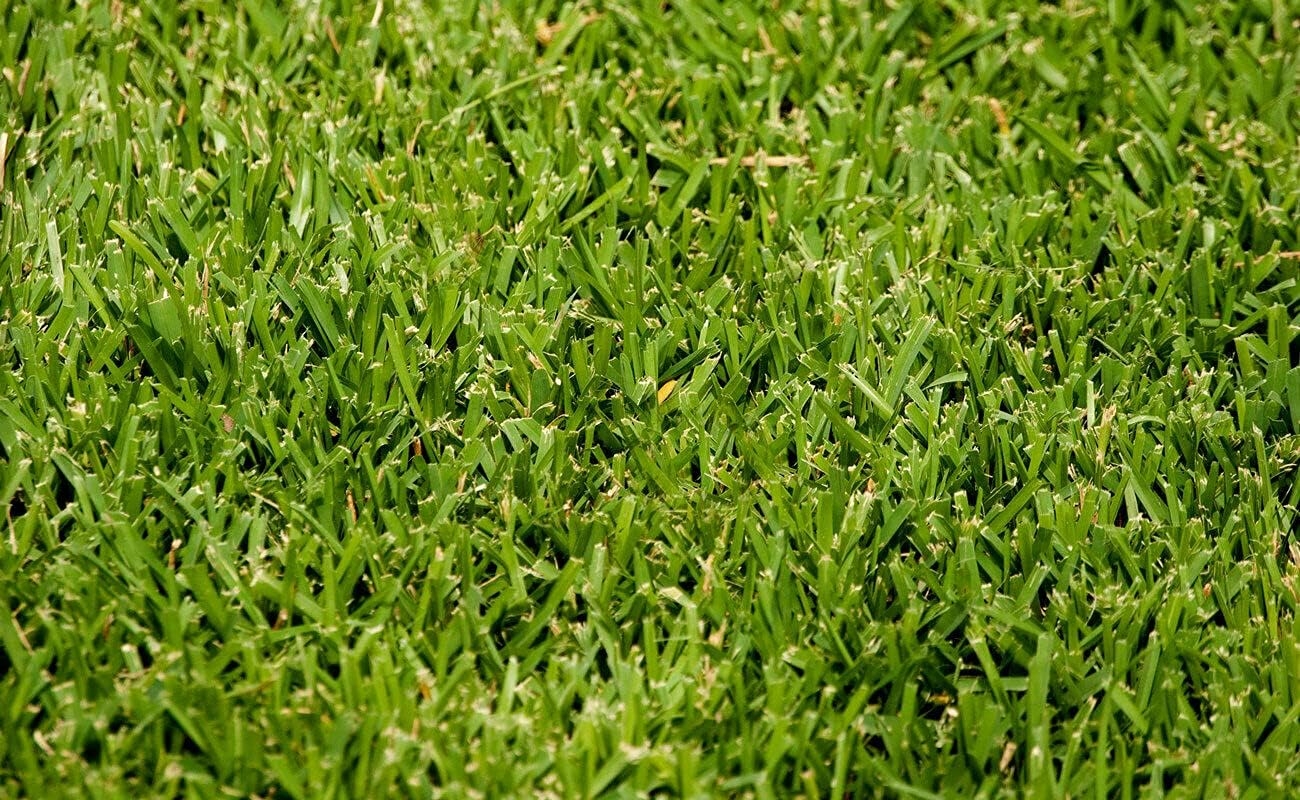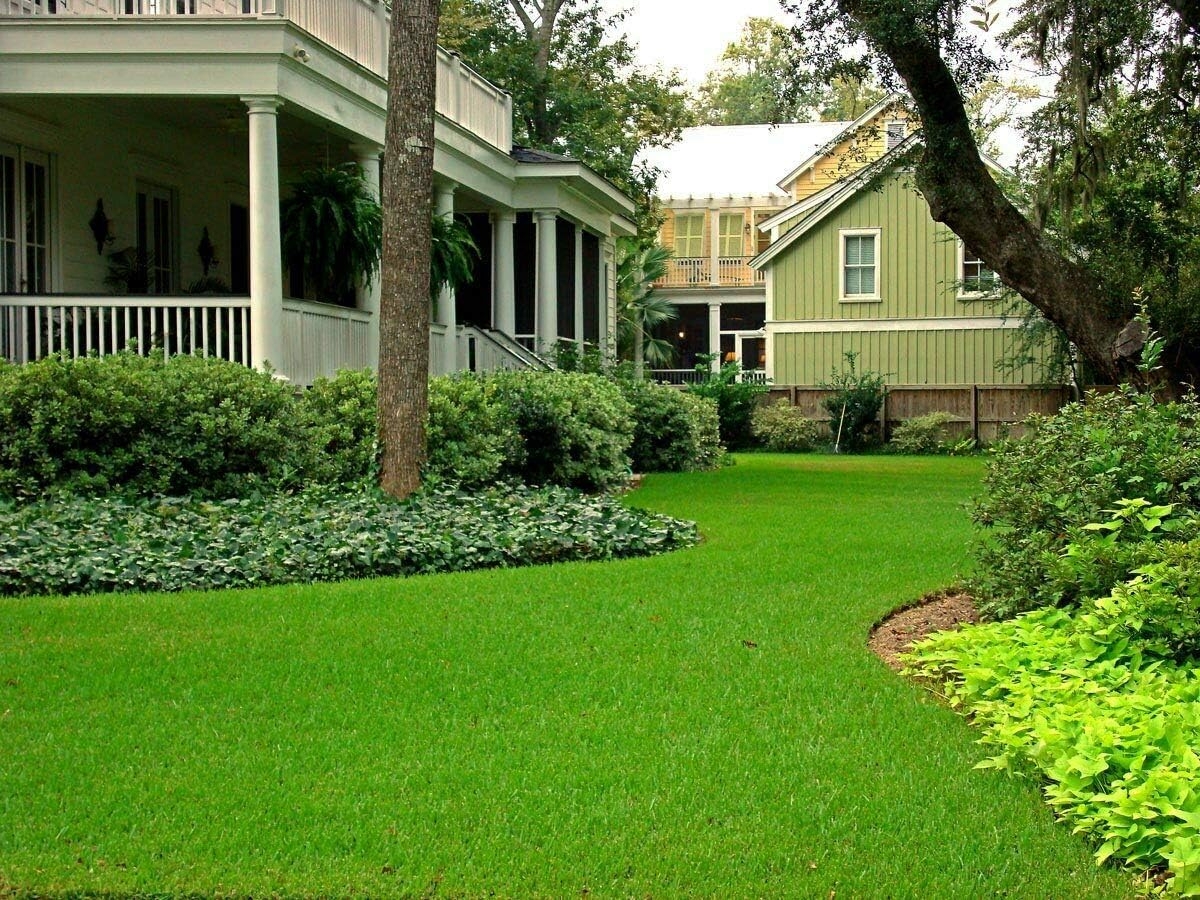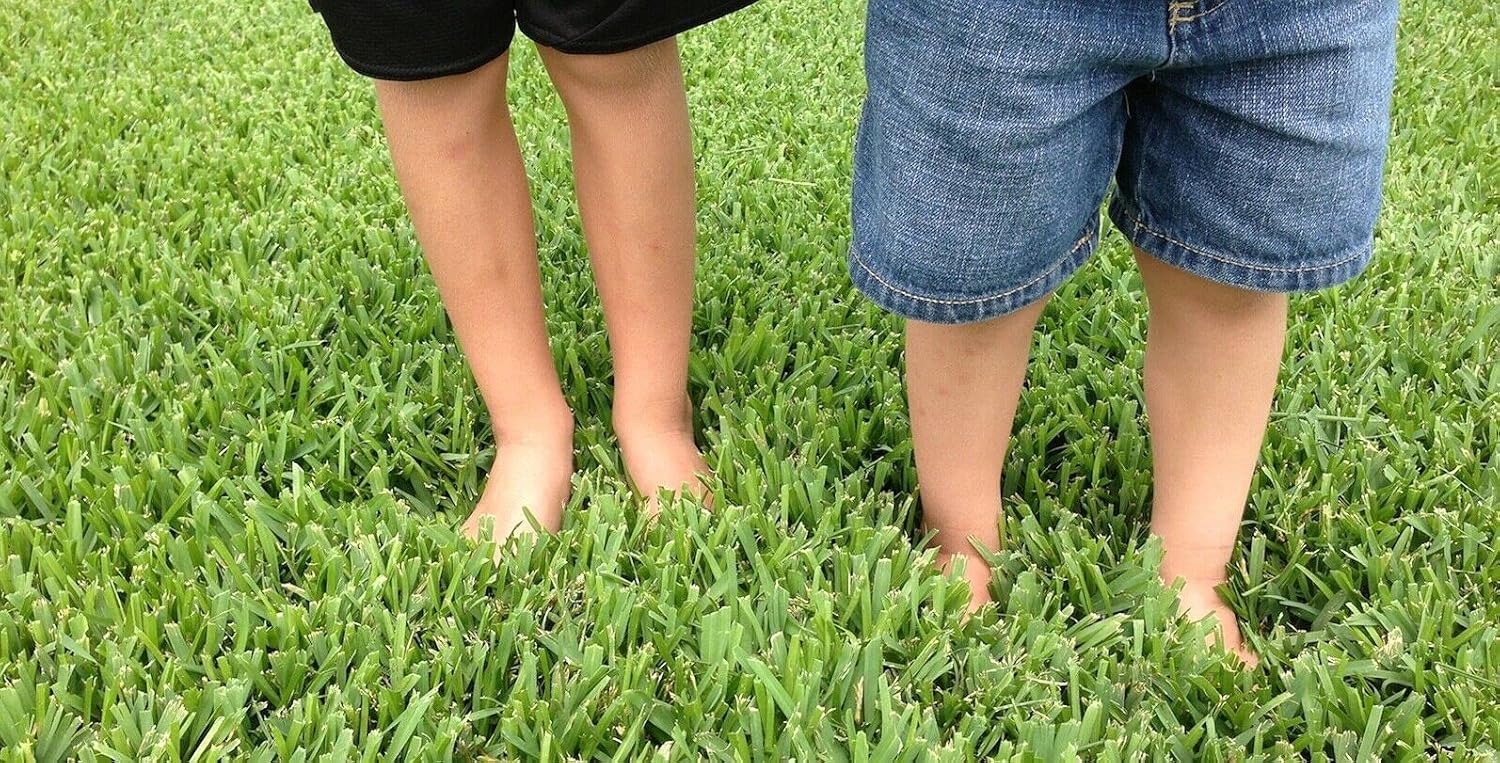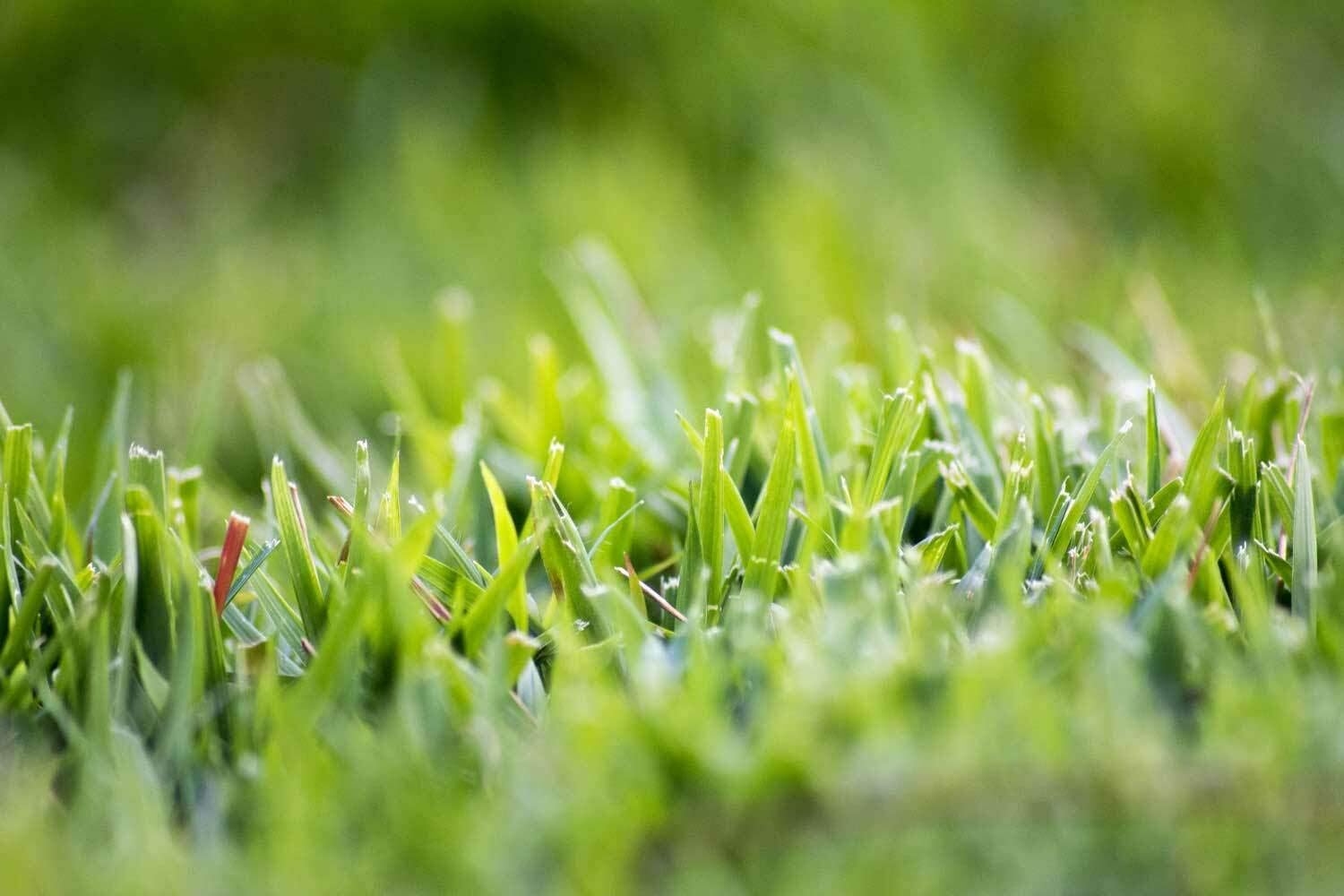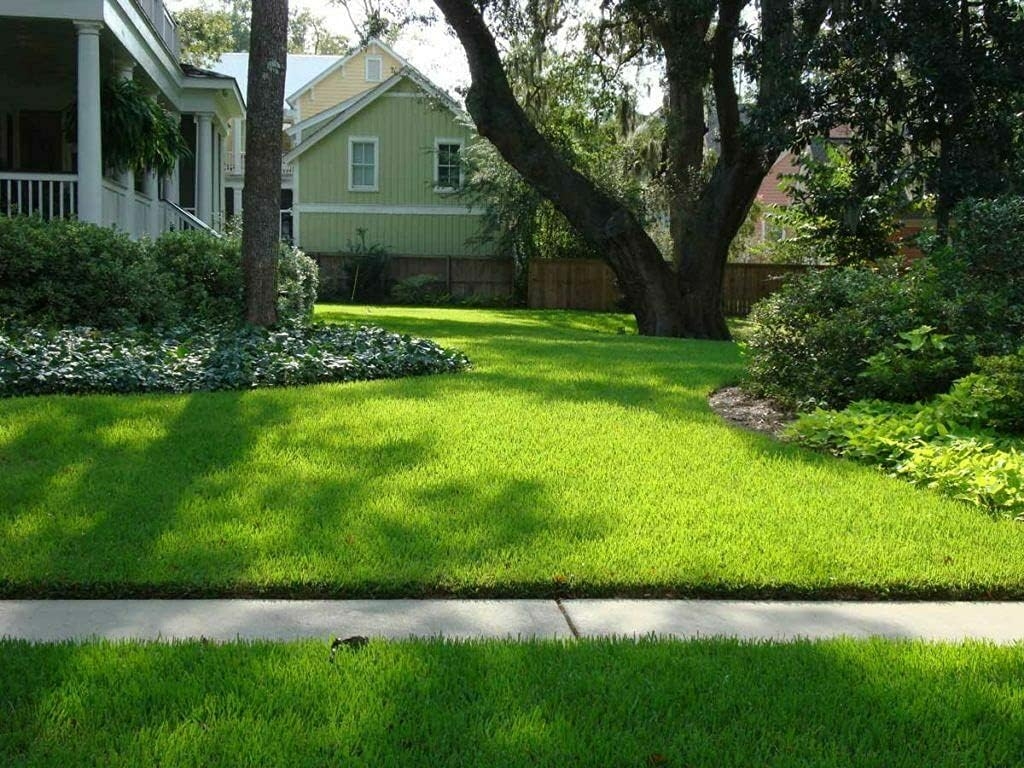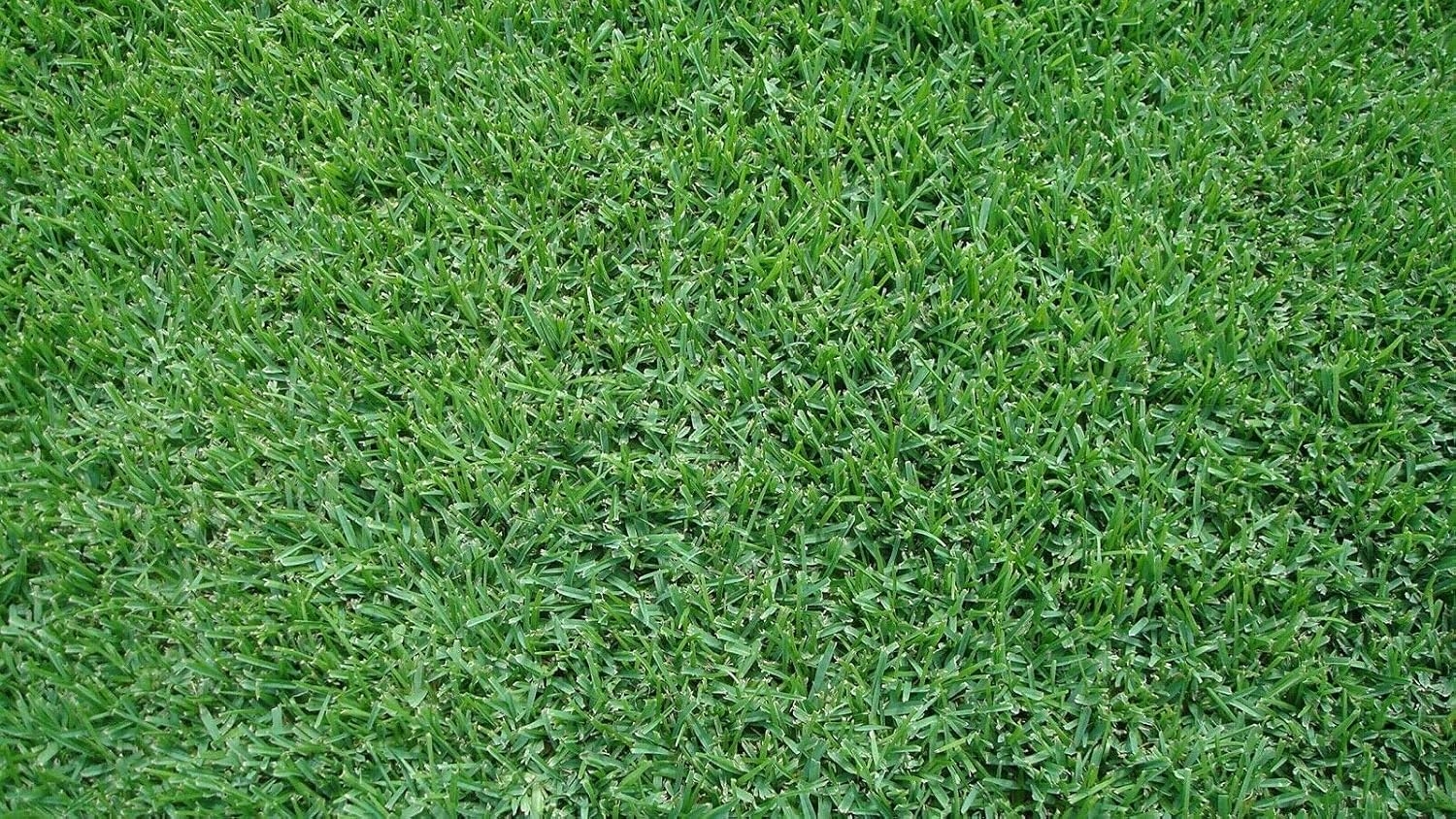- Palmetto is a native St. Augustine grass cultivar selected for better color and finer texture than ordinary St. Augustine grass. Palmetto St. Augustine grass demonstrates superior shade, cold, frost, heat, and drought tolerance. This versatile turfgrass is used across the southern United States from the Carolinas to California under a wide range of climate and soil conditions making it the ideal choice for residential and commercial use.
- Palmetto grass is rapidly becoming accepted as a landscaping standard as it has been used in thousands of lawns since 1994. Please note that like all turfgrass, Palmetto St. Augustine grass is a living plant, not a miracle grass. When properly maintained, however, Palmetto St. Augustine grass will deliver years of an aesthetically pleasing and functional lawn.
- Palmetto grass is a semi-dwarf grass, giving it a plush appearance similar to Seville and Delmar, but Palmetto grass is less prone to becoming thatchy, even in full sunlight. The leaf blade width is similar to Bitterblue and Raleigh and finer than Floratam. When mowed high (3″ – 4″) it is often mistaken for fescue. The leaf blades are tapered at the tip with a rounded end, and are soft to the touch, unlike the prickly feel of Floratam.
- Palmetto grass will remain green longer than any other variety of St. Augustine, and will stay green much longer than Bermuda grass and Centipede grass. Palmetto grass will slowly become dormant after several heavy frosts, and will remain evergreen in temperatures below freezing if there are no hard frosts.
- Palmetto grass has demonstrated very good drought tolerance in field tests. St. Augustine grasses in general are known for their shade tolerance, and Palmetto has exceptional shade tolerance, even when compared to the most shade tolerant varieties of St. Augustine.
